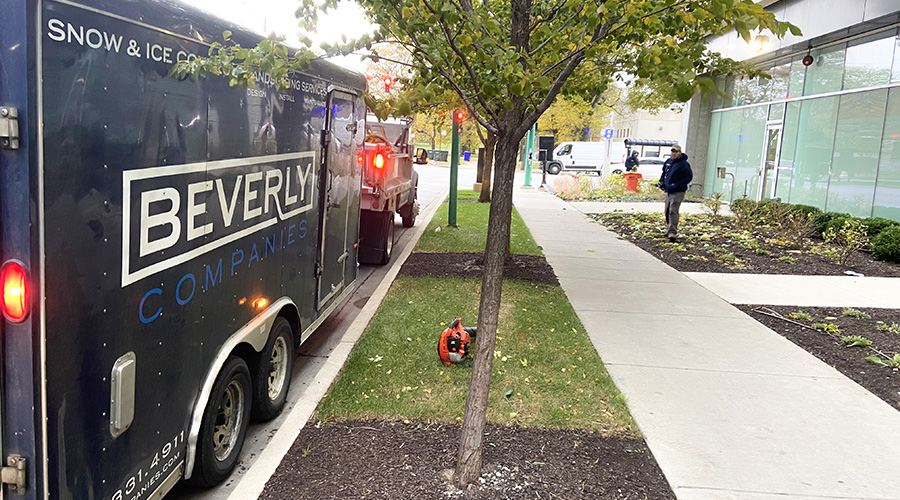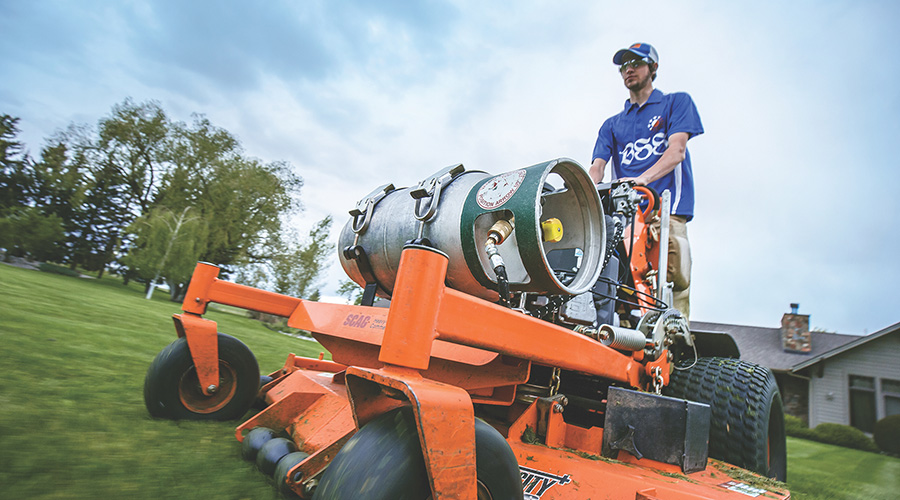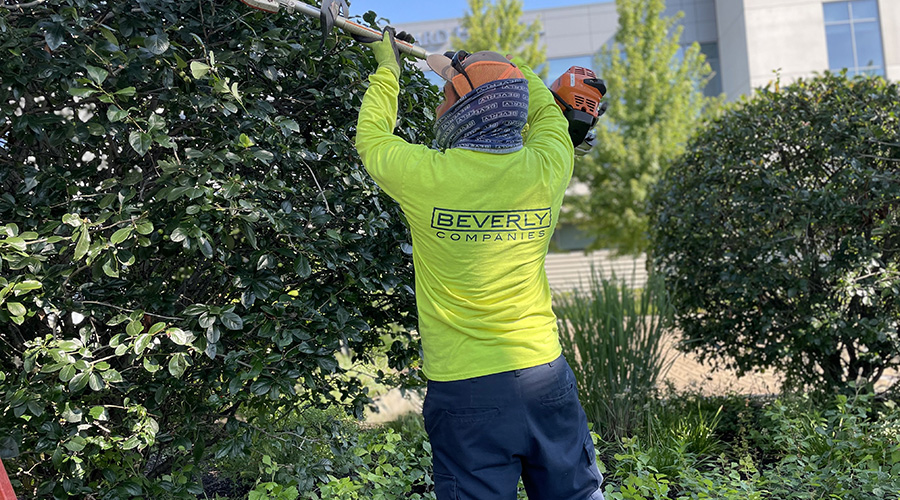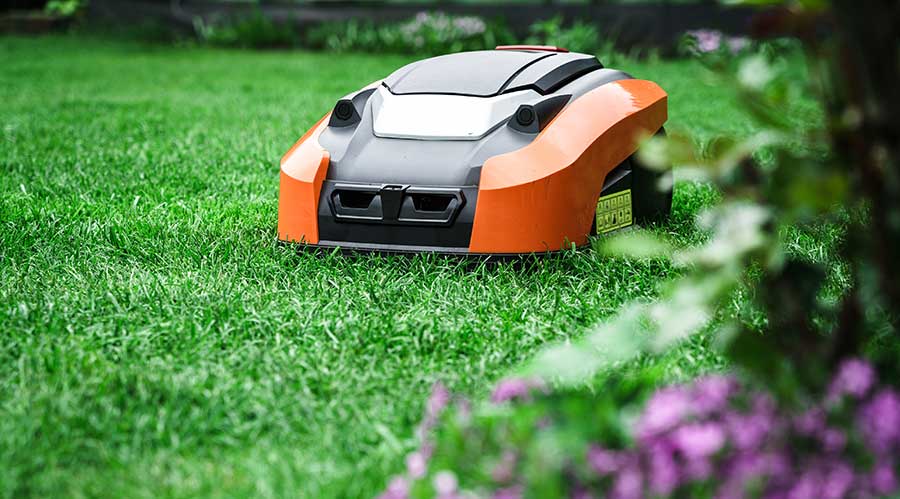Grounds Care: What Plants Work Best for Xeriscaping
Xeriscaping is an eco-friendly landscaping strategy that uses plant and turf species that demand less water, are low maintenance, and are native to the geographic area.
Managers should select regionally appropriate turf grasses to minimize post-establishment requirements for irrigation. Common choices for turf grass include ryegrass and tall fescue, which withstand droughts and maintain consistent color throughout the growing season.
Managers who are planning xeriscaping in and around parking lots and driveways that require winter salt and anti-icing chemicals should select trees and shrubs that have a high tolerance for the potentially damaging effects of these chemicals. Trees such as white or red oak, blue spruce, and Eastern cottonwood hold up well under adverse conditions. For shrubs, forsythia, inkberry, bayberry, beach plum, and serviceberry are durable.
Managers also can choose from literally hundreds of tall, almost maintenance-free grasses — including beach, switch, and salt grasses — that are both drought-resistant and beautiful. They come in many different colors, including deep green, purple, white, and even striped. They are resilient and require minimal irrigation, and in winter, they add a unique visual appeal.
Soil amendments also are important pieces of the sustainable landscape puzzle. Grounds care workers should mix soil with a quality blend of topsoil and hummus, which helps the soil retain moisture and lessens the need for extra irrigation. Then they should cover plants and shrubs with a 3-inch layer of quality mulch. This step will create a moist environment, slow the drying process, and control weed growth.
Integrated Pest Management
Pests can wreak havoc on landscapes and plants, but the sole practice of chemical applications for pests and disease is no longer viable or acceptable. Integrated pest management (IPM) techniques are not intended to completely eradicate pests, but they will keep hungry insects under control. IPM allows for a certain population of pests, with the understanding pests play an important prole in the ecosystem as food for birds and other living things.
The primary principles behind IPM are prevention and a strong, enduring ecosystem. Managers should plan landscapes with the goal of making them favorable for plants but unfavorable to pests. This mindset will go a long way toward prevention.
These sustainable landscape strategies, integrated and practiced as a whole, not only will lead to savings. They can return the initial investment in about three years, and the subsequent cost savings are as good as money in the bank.
Bruce T. Moore Sr. is founder and president of Eastern Land Management in Stamford, Conn. The full-service commercial landscape, irrigation, and snow-management firm manages accounts for hospitals, corporations, schools, retail outlets, and municipalities.
Related Topics:














